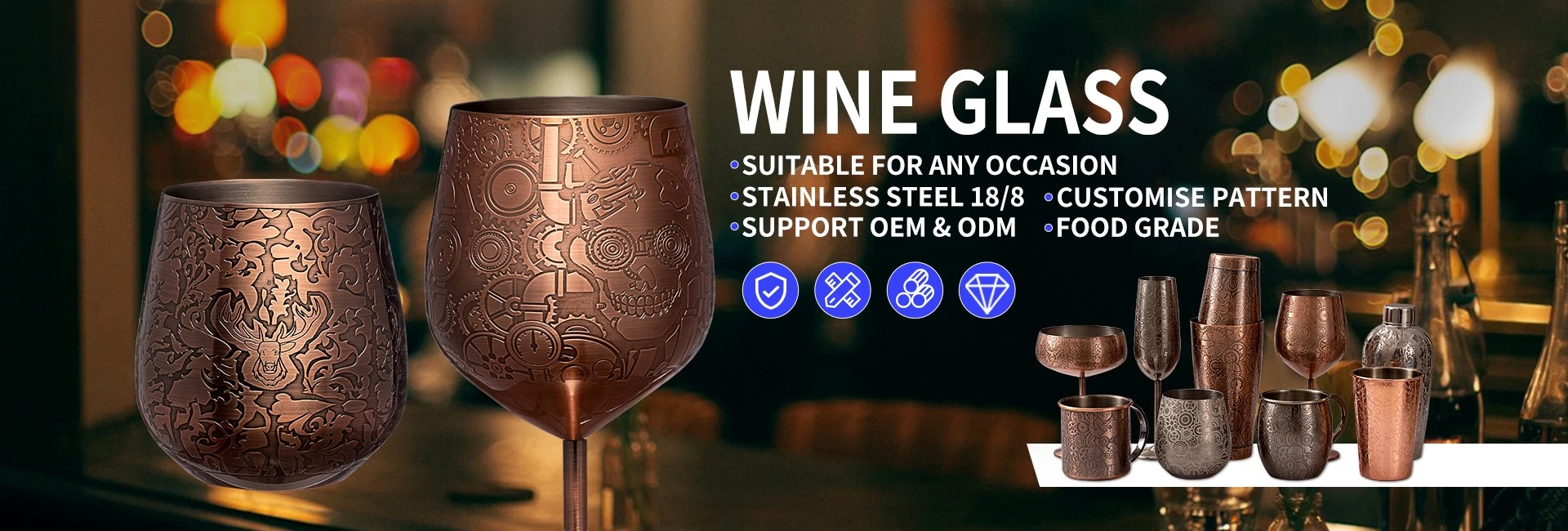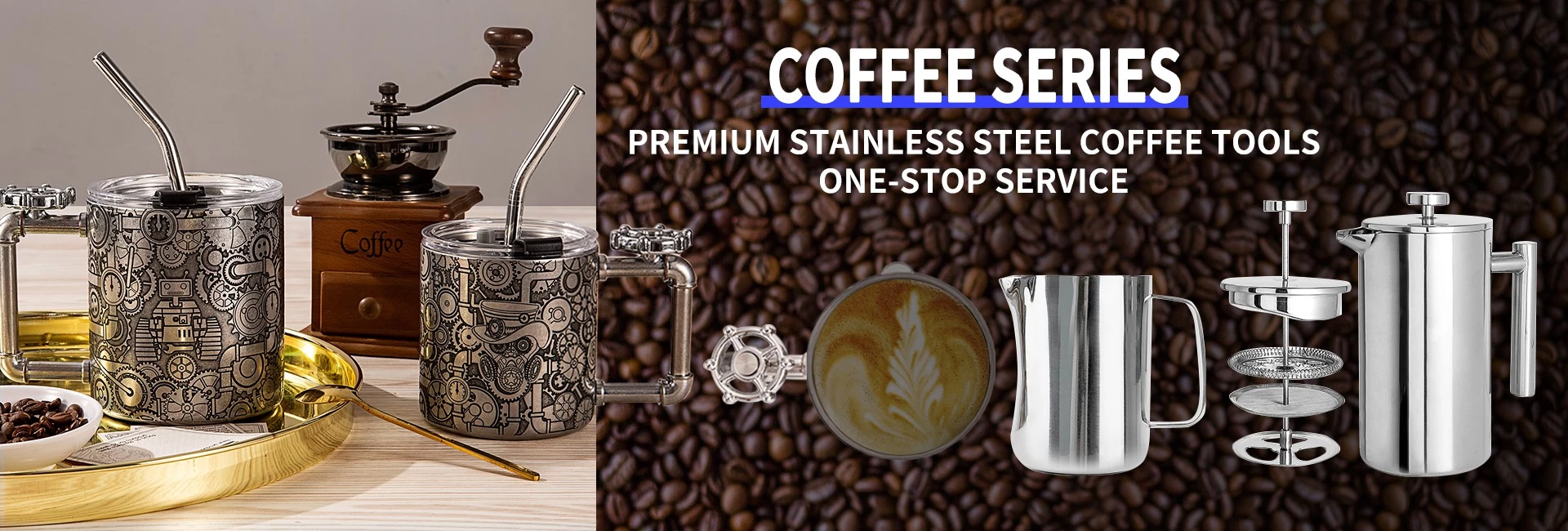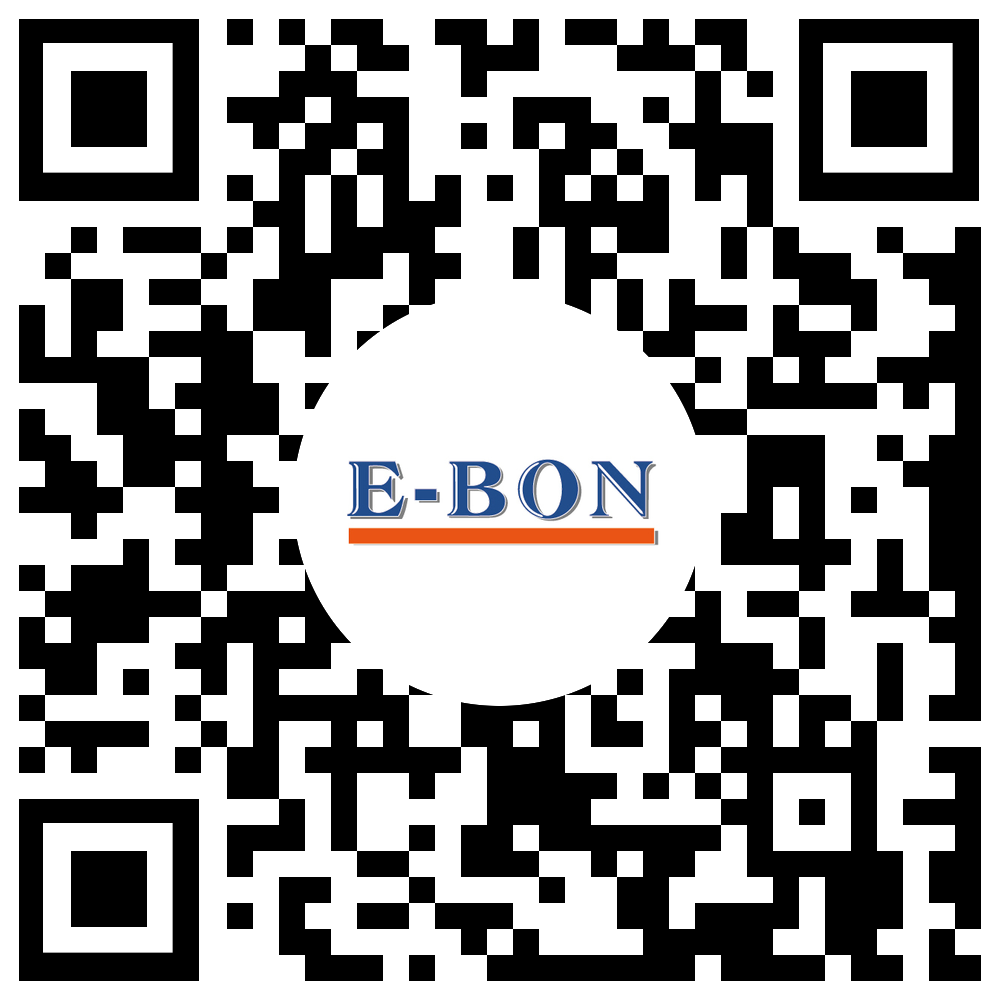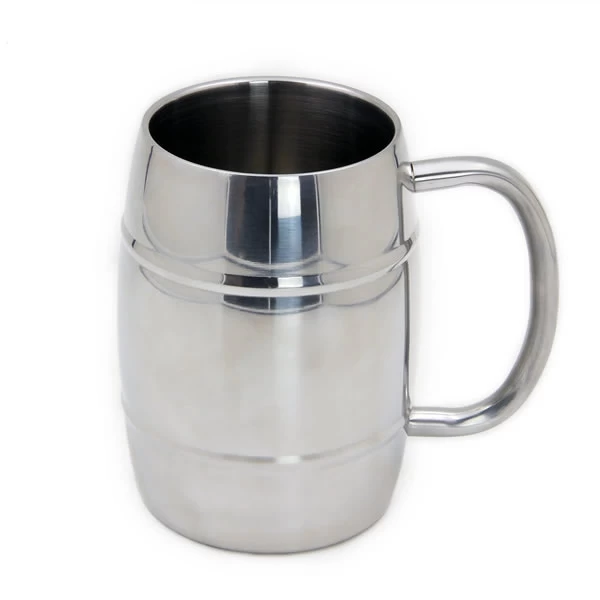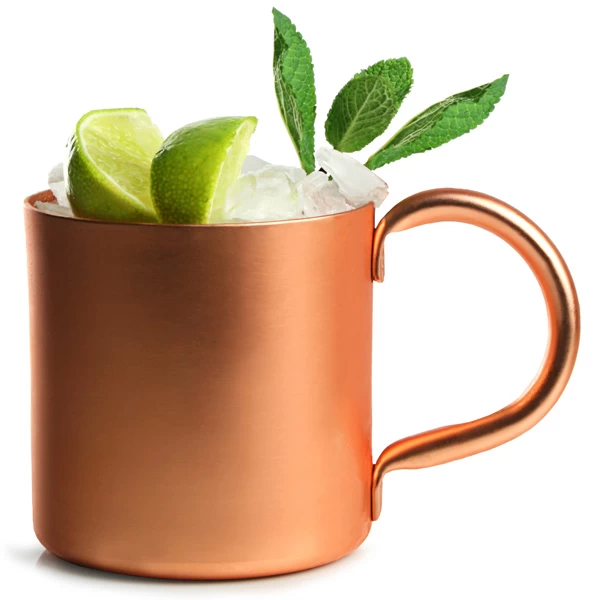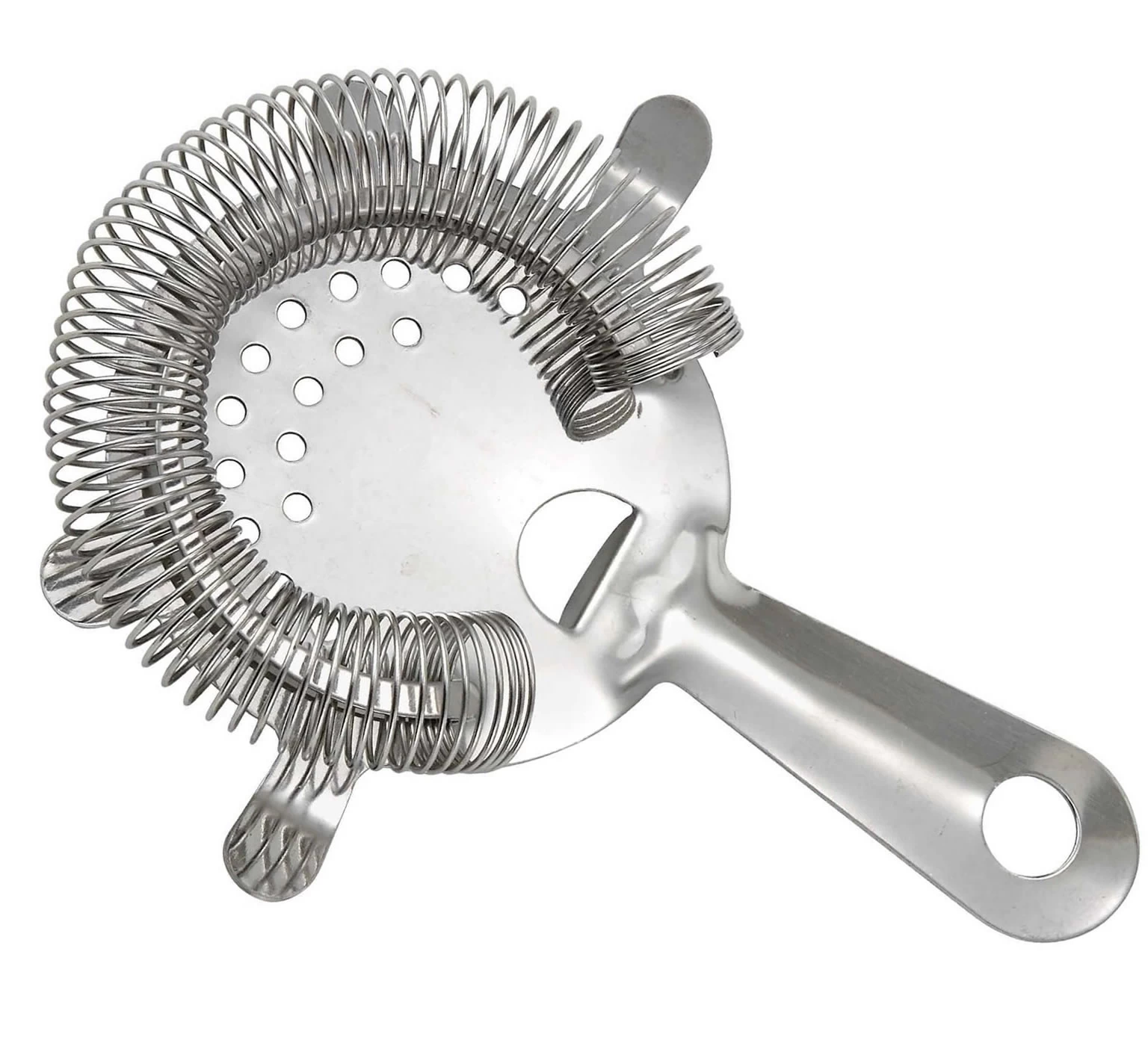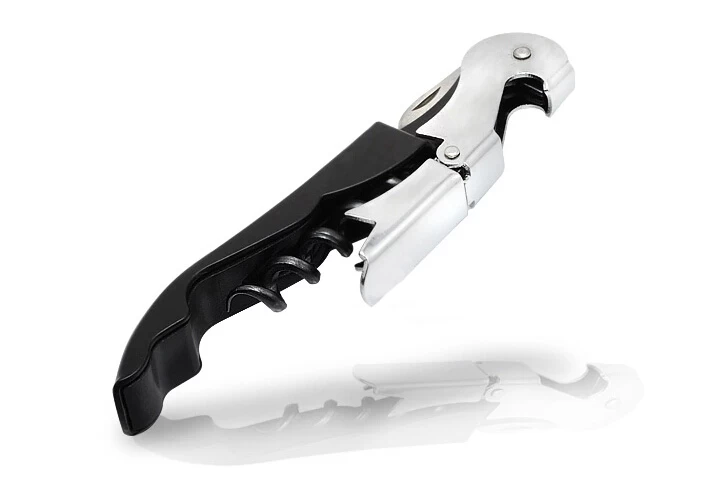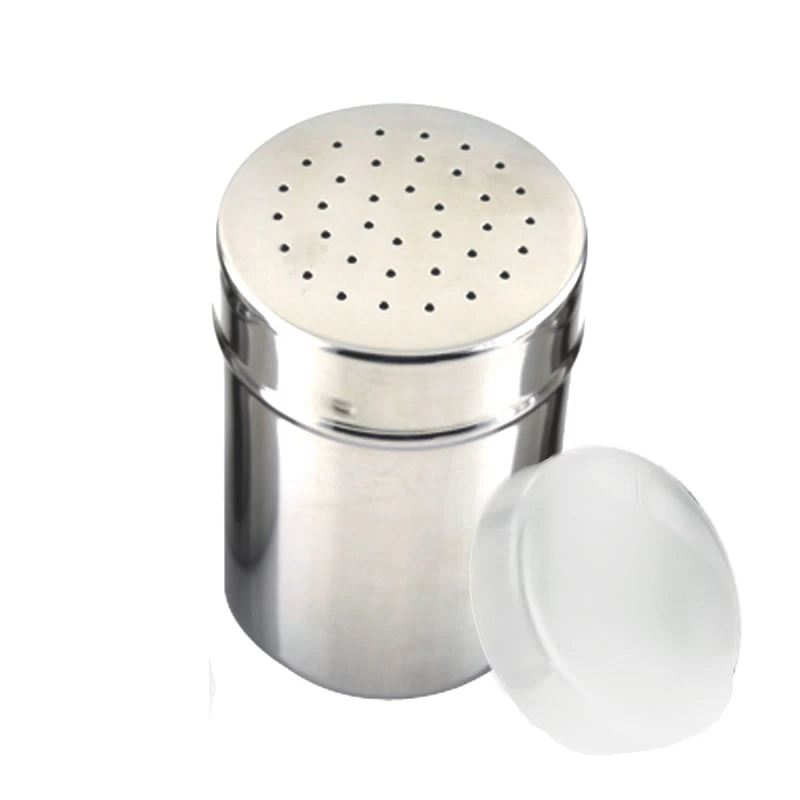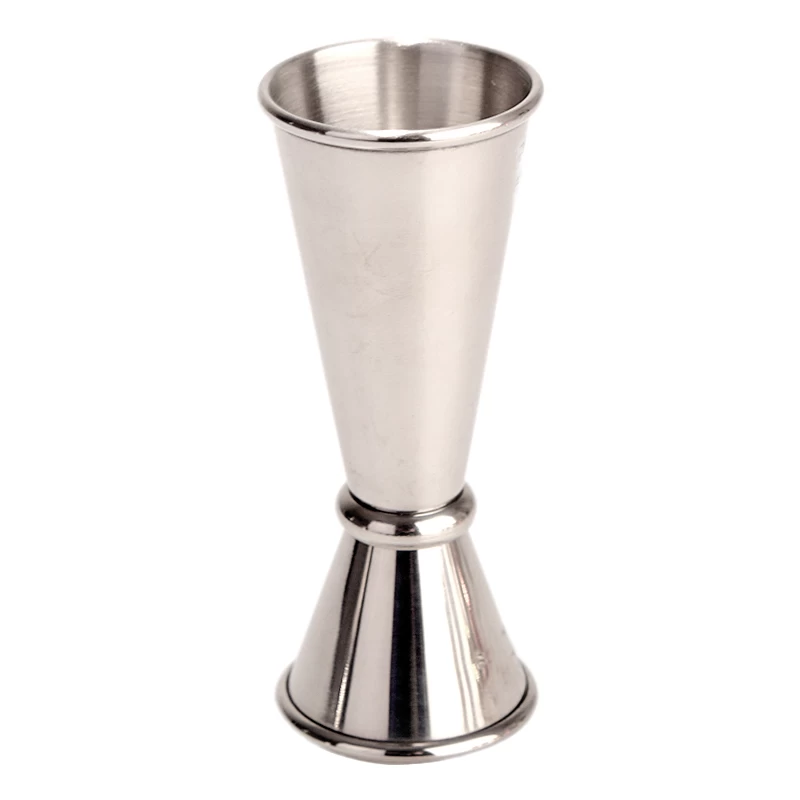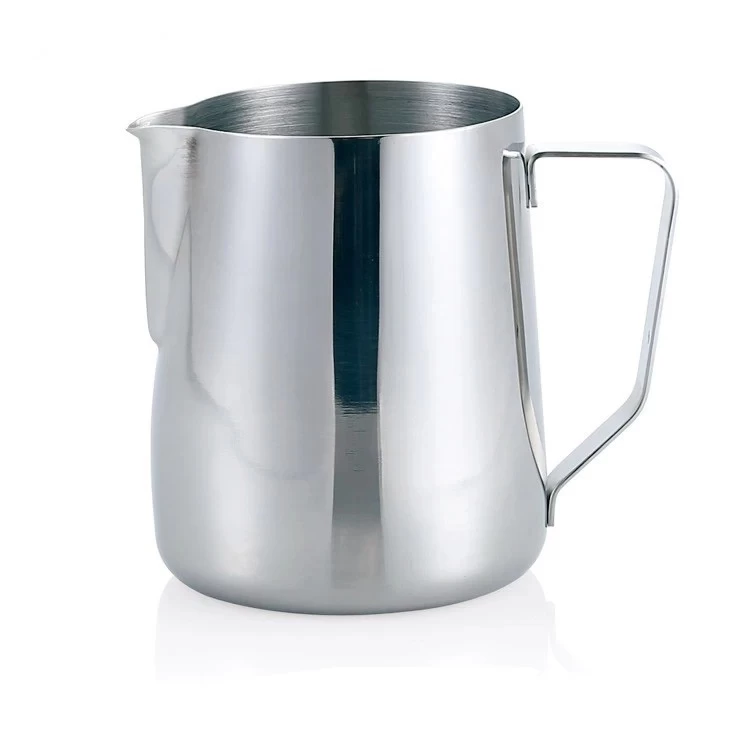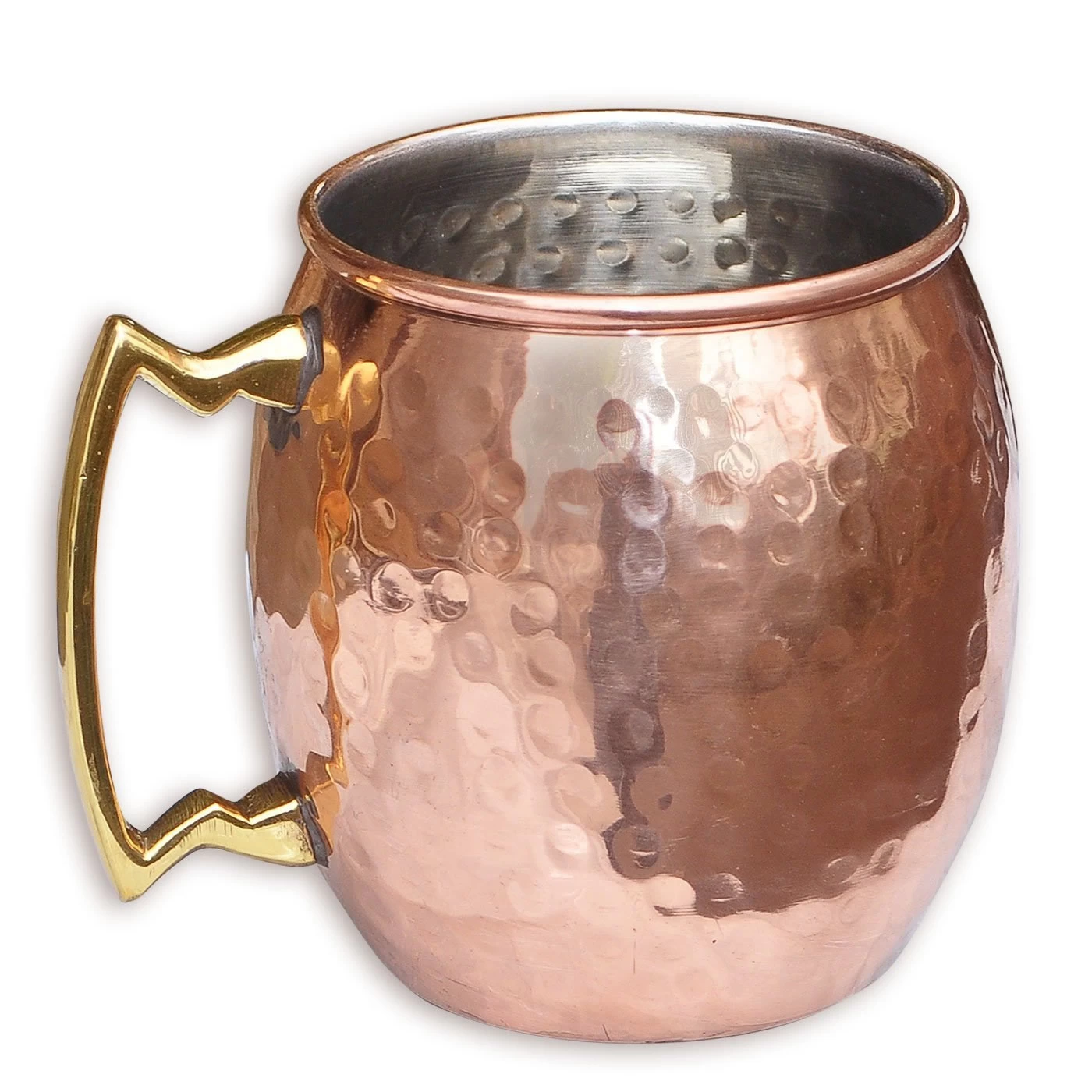5 small knowledge of stainless steel
E-BON
E-BON
2018-01-19 17:50:54
Tip 1: there are many kinds of stainless steel, which can be divided into the following categories according to the structure at normal temperature. E-BON the stainless steel specialist, Stainless Steel Mixing Spoon china.
1. Austenitic stainless steel: 304, 321, 316, 310, etc.
2. martensite or ferritic stainless steel, such as 430, 420, 410, etc.
Among them, the austenite is nonmagnetic or weakly magnetic, and martensite and ferritic type are magnetic. Whether the stainless steel products have magnetic properties depends on the internal components of the material itself.
For example, 304 stainless steel products, some customers often use magnets to absorb stainless steel materials, to verify their advantages and disadvantages, and do not absorb no magnetism. They think it is good, genuine goods; magnets are magnetically fake. In fact, this is an extremely one-sided, unrealistic error discrimination method.
Tip 2: the corrosion resistance of stainless steel depends on the alloy elements contained in the steel.
Chromium is the basic element to obtain corrosion resistance of stainless steel. When the chromium content in steel reaches 1.2%, chromium will react with oxygen in corrosive medium to form a thin oxide film on the surface of steel, which can prevent further corrosion of steel matrix. In addition to chromium, the commonly used alloy elements are nickel, molybdenum, titanium, niobium, copper, nitrogen, etc. to meet the requirements of various uses on the microstructure and properties of stainless steel.
If you want to get more information about E-BON, you can click Stainless Steel Watermelon Slicer supplier.
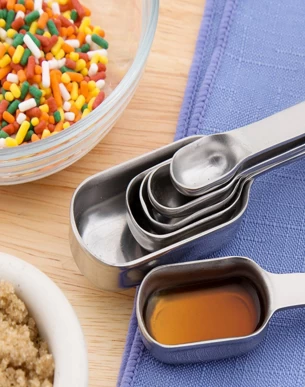
1. Austenitic stainless steel: 304, 321, 316, 310, etc.
2. martensite or ferritic stainless steel, such as 430, 420, 410, etc.
Among them, the austenite is nonmagnetic or weakly magnetic, and martensite and ferritic type are magnetic. Whether the stainless steel products have magnetic properties depends on the internal components of the material itself.
For example, 304 stainless steel products, some customers often use magnets to absorb stainless steel materials, to verify their advantages and disadvantages, and do not absorb no magnetism. They think it is good, genuine goods; magnets are magnetically fake. In fact, this is an extremely one-sided, unrealistic error discrimination method.
Tip 2: the corrosion resistance of stainless steel depends on the alloy elements contained in the steel.
Chromium is the basic element to obtain corrosion resistance of stainless steel. When the chromium content in steel reaches 1.2%, chromium will react with oxygen in corrosive medium to form a thin oxide film on the surface of steel, which can prevent further corrosion of steel matrix. In addition to chromium, the commonly used alloy elements are nickel, molybdenum, titanium, niobium, copper, nitrogen, etc. to meet the requirements of various uses on the microstructure and properties of stainless steel.
If you want to get more information about E-BON, you can click Stainless Steel Watermelon Slicer supplier.



